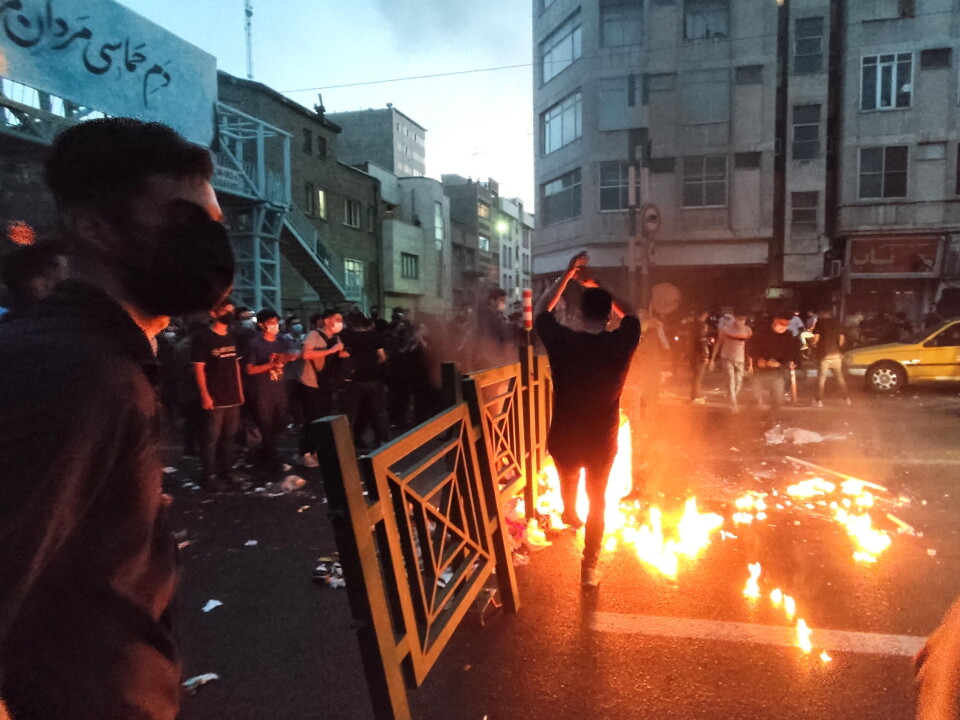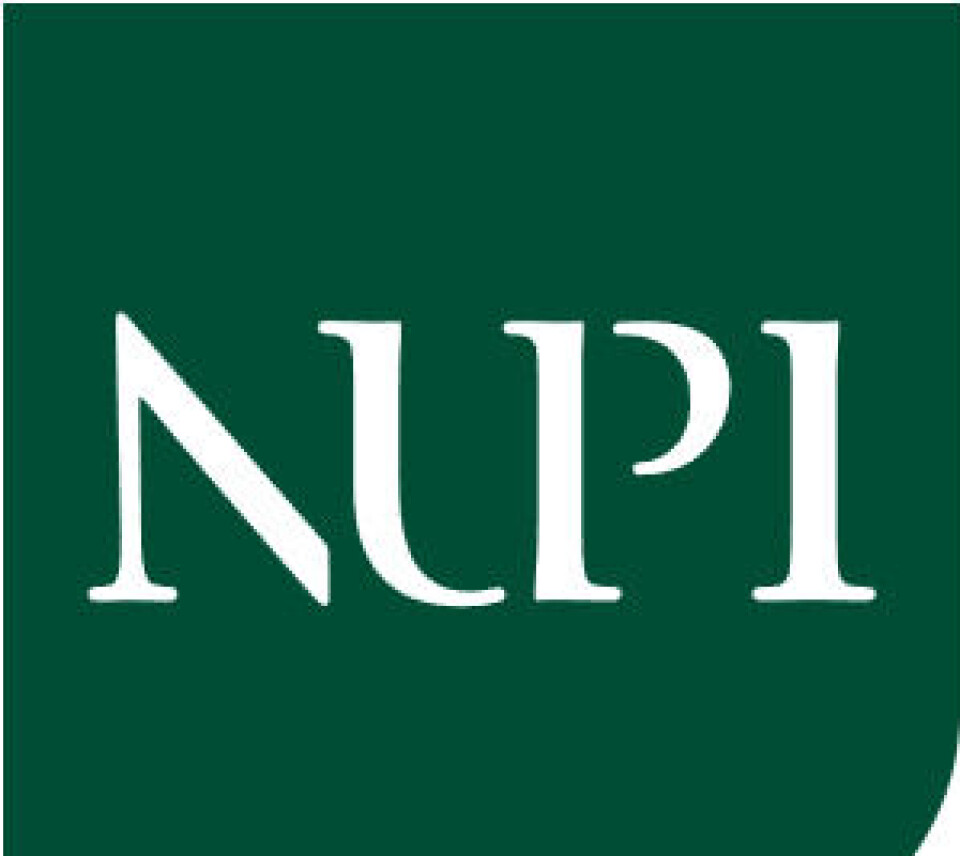THIS CONTENT IS BROUGHT TO YOU BY NUPI - Norwegian Institute of International Affairs - read more
How Iran’s regime exploits emotions to crush protests
The killing of 22-year-old Jina Mahsa Amini enraged people worldwide. The state of Iran responded by playing on emotions to counter uprisings, in addition to using force. New research reveals how.

The Iranian regime cracked down on the protest movement Woman, Life, Freedom.
They did this partly by manipulating the population's emotions following 22-year-old Jina Mahsa Amini's death in police custody in 2022.
Researchers Banafsheh Ranji and Kjetil Selvik analysed how these events were framed in the most regime-loyal Iranian media.
Martyr narratives as a powerful tactic
The study shows how the regime deliberately played on emotions through stories about martyrs.
This has been a long-standing tactic used by the Islamic Republic, explains Ranji.
The study points to several such martyr narritives in media loyal to the regime. For example, pro-regime young men allegedly killed in violent clashes with demonstrators and opposition groups.
These young men were presented as symbols of resistance, sacrifice, moral integrity, and courage. They were thus shown as martyrs – even when the circumstances surrounding their deaths were unclear.
“In the past, martyrdom was typically associated with military actors, especially in the context of war," says Ranji.
During the protests, the regime adapted this tactic for domestic use.
"They highlighted pro-regime casualties – particularly among the Basij militia – as ‘ordinary citizens’ and ‘innocent victims,’ casting them as martyrs of public order rather than of war,” she explains.
The state reframed its repression as justice for fallen regime supporters, which united its followers and security forces. It also made the crackdown seem more legitimate to the public.
Protesters were compared to ISIS
Political narratives use familiar characters, events, and symbols to evoke emotions among the public.
Ranji highlights four key elements the regime used to frame the protests:
- Demonisation of the protesters as enemies of the nation, Iran, and Islam
- Linking the cause of the protests to the 'enemy's’ agenda
- Portraying the punishment of protesters, particularly the executions, as a popular demand and a crucial step to restore order
- The powerful symbolism of martyrdom
During the Israel-Iran war, the state strongly emphasised nationalism and national unity, and also used martyrdom as a symbol.
“During the Woman, Life, Freedom protests, in addition to the martyr narratives, the common discursive strategies were once again deployed. Protesters were demonised and framed as agents of a foreign agenda, accused of threatening Iran’s national security and serving the interests of external powers," says Ranji.
The state portrayed the protests as part of a broader plan orchestrated by Iran’s enemies to weaken the country. Protestors were labelled as 'terrorists' or likened to ISIS not only to delegitimise them, but also to dehumanise them.
A coordinated network behind the messaging
“It’s important to understand that the media content in Iran is not produced or ordered by a single individual pulling all the strings, as it's often assumed,” explains Ranji.
While Supreme Leader Ali Khamenei is the highest authority, the manipulation described in the article doesn’t necessarily originate directly from him.
“A range of actors are involved: A network of political elites, loyalist actors, media organisations, and powerful institutions, like the Islamic Revolutionary Guard Corps, and the Ministry of Culture and Islamic Guidance, work together to shape public opinion,” she says.
Kjetil Selvik passed away in 2024. He worked on the project until the completion of the first draft.
Reference:
Ranji, B. & Selvik, K. Emotions in the legitimation of repression: state framing during the Woman, Life, Freedom movement in Iran, International Political Science Review, 2025. DOI: 10.1177/01925121251355491

This content is paid for and presented by NUPI
This content is created by NUPI's communication staff, who use this platform to communicate science and share results from research with the public. The Noprwegian Institute of International Affairs is one of more than 80 owners of ScienceNorway.no. Read more here.
More content from NUPI:
-
Improving the impact of the UN Peacebuilding Commission
-
Controversial calories: How do we measure hunger?
-
How Norway and the EU can collaborate in the minerals and battery sector
-
Nigerian authorities plan to close refugee camps housing a million people
-
How Central Asia can help the global energy transition
-
Reduced influence in the Arctic?





































